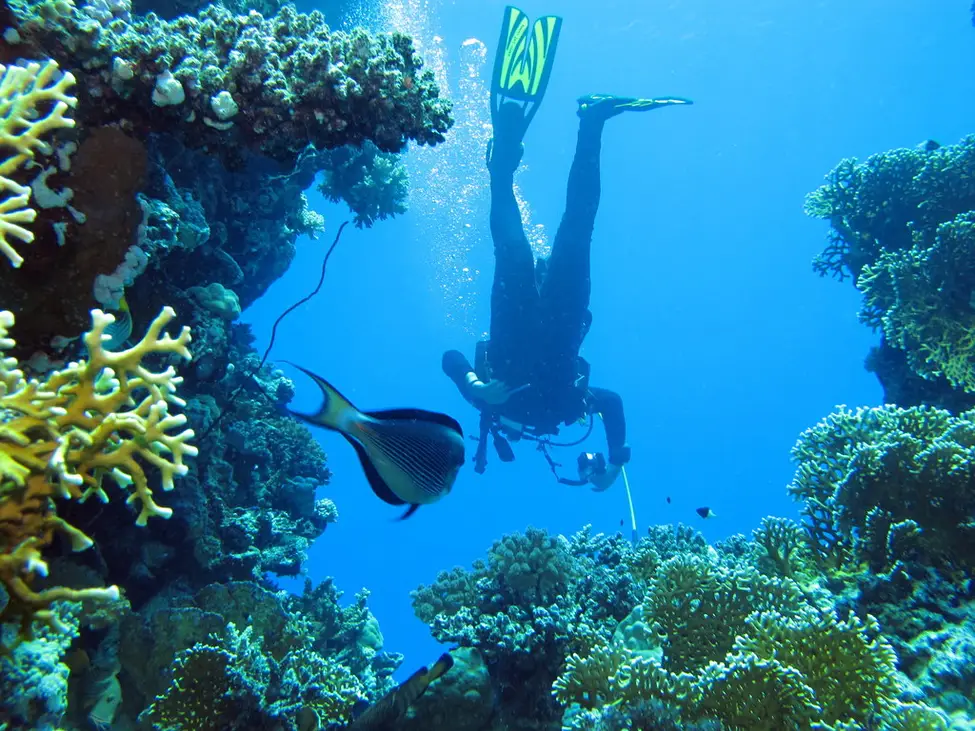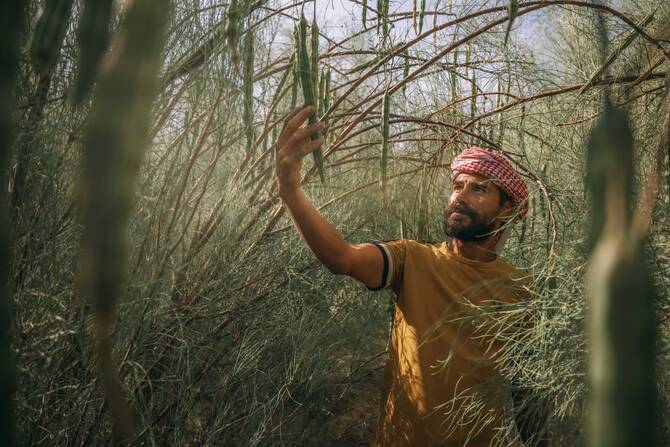The Red Sea is home to one of the most vibrant and diverse coral reefs in the world. These coral ecosystems are not only vital for marine biodiversity but also play a crucial role in supporting local economies through tourism and fisheries. However, increasing human activities, particularly tourism, pose a significant threat to these fragile ecosystems. It is imperative to explore the necessity of protecting Red Sea coral to ensure the longevity of marine life and the livelihoods dependent on it.
The ecological significance of coral reefs, especially in the Red Sea, cannot be understated. They provide essential habitats for countless marine species, contributing to the overall health of the ocean. As the demand for tourism grows, there are rising concerns regarding the impact of human interactions on coral health. Activities such as snorkeling, scuba diving, and boating can lead to physical damage, as well as increased pollution levels. Thus, protecting the Red Sea coral is vital not only for marine life but also for maintaining tourism sustainability in the region.
Implementing protective measures for the Red Sea corals requires a multifaceted approach. Local authorities, conservation groups, and the tourism industry must collaborate to establish guidelines that minimize environmental footprints. This includes creating designated zones for tourist activities, offering education programs about coral reefs, and encouraging eco-friendly practices among visitors.
Impact of Tourism on Red Sea Ecosystems: The Current Landscape
The Red Sea, known for its stunning coral reefs, has become a favored destination for tourists from around the globe. However, with the increasing influx of visitors, the impact of tourism on the Red Sea ecosystems is a growing concern. Coral reefs, which are essential to marine biodiversity, are facing unprecedented challenges due to human activities. The balance between tourism and conservation is delicate, and it’s crucial to understand how this relationship affects the coral systems.
Tourism-related activities, such as snorkeling and diving, can lead to physical harm to the Red Sea corals. When visitors walk on coral reefs or touch marine life, they inadvertently cause stress to these fragile organisms. This impact on the Red Sea ecosystem can disrupt the intricate balance that supports various species of fish and other marine organisms. Furthermore, pollution from boats and waste generated by tourists adds another layer of threat to these delicate environments.
To mitigate the adverse effects, various local authorities are emphasizing the importance of sustainable tourism practices. Initiatives aimed at educating tourists about the Red Sea and its marine ecosystems are being developed. This education is vital in fostering a sense of responsibility among visitors, encouraging them to respect the natural surroundings while enjoying the beauty of this remarkable region.
As we delve deeper into the landscape of tourism’s impact, it’s evident that stronger protective measures are needed to safeguard the Red Sea ecosystems. Collaborative efforts between local communities and tourism operators can pave the way for sustainable practices that will ultimately benefit both the environment and the tourism industry.
Implementing Sustainable Tourism Practices to Safeguard Marine Life
As we explore the breathtaking beauty of the Red Sea, it’s essential to remember the significance of sustainable tourism practices in protecting its delicate marine ecosystems. The Red Sea is home to remarkable coral reefs that support a wide array of marine life. However, the pressure from tourism activities threatens the health of these underwater habitats. Implementing responsible and environmentally-friendly practices is vital for maintaining the integrity of this unique ecosystem.
Tourists can play a significant role in safeguarding marine life by engaging in activities that minimize their impact on the environment. By following guidelines such as staying on marked trails when snorkeling or diving, visitors can prevent damage to the fragile coral formations. Additionally, choosing eco-friendly tour operators that employ sustainable practices can greatly contribute to coral conservation efforts.
Moreover, educating tourists about the importance of the Red Sea’s ecosystems can foster a deeper appreciation for marine life. Visitor centers and guided tours that focus on environmental awareness can encourage individuals to take an active part in conservation efforts. This not only helps in protecting the coral reefs but also enhances the overall travel experience by connecting tourists with the natural beauty surrounding them.
Incorporating waste management practices and supporting local conservation initiatives is another vital component in achieving sustainable tourism in the Red Sea region. Tourists can contribute by participating in beach clean-ups and respecting wildlife regulations, ensuring that their enjoyment of this paradise does not come at the expense of the ecosystem.
As we aim to protect the Red Sea’s coral reefs, it’s crucial for both visitors and local communities to work together. By adopting a mindset of conservation and responsibility, tourism can become a powerful ally in the ongoing effort to preserve these natural treasures for generations to come.
Case Studies: Successful Protection Efforts in Other Coral Reefs
The protection of coral reefs around the globe has gained significant attention in recent years, highlighting the urgent need for preservation measures. Various successful protection efforts serve as inspiration for safeguarding the Red Sea coral, providing important case studies that demonstrate the effectiveness of proactive conservation strategies.
One such notable example is the Great Barrier Reef in Australia, where a combination of controlled tourism and reef restoration projects has contributed to improving coral health. Local authorities have implemented strict regulations to manage tourism activities, ensuring that visitors are educated on the importance of preserving marine ecosystems while enjoying their underwater adventures.
Similarly, the Maldives’ Marine Protected Areas (MPAs) showcase how effective management can foster environmental sustainability. By restricting certain fishing practices and promoting eco-friendly tourism, the Maldives has seen a resurgence in coral diversity and fish populations, illustrating the positive impact of collaborative efforts between governing bodies and the community.
In the Caribbean, the Belize Barrier Reef has benefited from increased awareness and conservation initiatives led by local communities. These communities actively participate in monitoring fish populations and coral health, demonstrating the crucial role of community involvement in successful reef protection. The collaboration among citizens, NGOs, and government agencies allowed for the implementation of sustainable practices that protect both the reef ecosystems and the livelihoods of local fishermen.
These case studies not only shed light on the successful strategies used to protect coral reefs worldwide but also offer valuable lessons that can be applied to the Red Sea. By learning from these examples, we can enhance our approach to conservation, ensuring both the preservation of marine life and the continuation of tourism activities that respect and uphold the integrity of these vital ecosystems.
Practical Guidelines for Tourists to Minimize Environmental Footprint
As tourism continues to thrive along the Red Sea, it becomes increasingly crucial for visitors to recognize their role in conserving this precious environment. Implementing sustainable tourism practices not only helps protect the vibrant coral reefs but also enhances the overall experience for everyone involved.
One effective way to minimize your environmental footprint is to choose eco-friendly accommodations that prioritize marine conservation. Look for hotels and resorts that are certified for their sustainable practices, ensuring that your stay supports the protection of the stunning Red Sea ecosystems.
When engaging in water activities, such as snorkeling or diving, it is vital to respect the marine life and habitats. Avoid touching or stepping on coral, as this can cause irreversible damage. Instead, observe the beauty of the Red Sea coral from a safe distance, ensuring that your actions do not disrupt the fragile ecosystems.
Another important guideline is to dispose of waste properly. Many areas near the Red Sea struggle with pollution due to littering. Tourists should always carry their trash with them and utilize designated recycling points when available. This simple action can significantly reduce the impact on local wildlife and promote a cleaner environment.
Furthermore, educating yourself about the local culture and environment fosters a greater connection to the area you are visiting. Participating in local conservation efforts, such as beach clean-ups or educational workshops, not only enriches your travel experience but also benefits the coral reefs directly.
Consider supporting local businesses that prioritize sustainability. This includes shops, tour operators, and restaurants that emphasize reducing their environmental footprint. By making informed choices, tourists can contribute to the long-term preservation of the Red Sea’s natural beauty.





